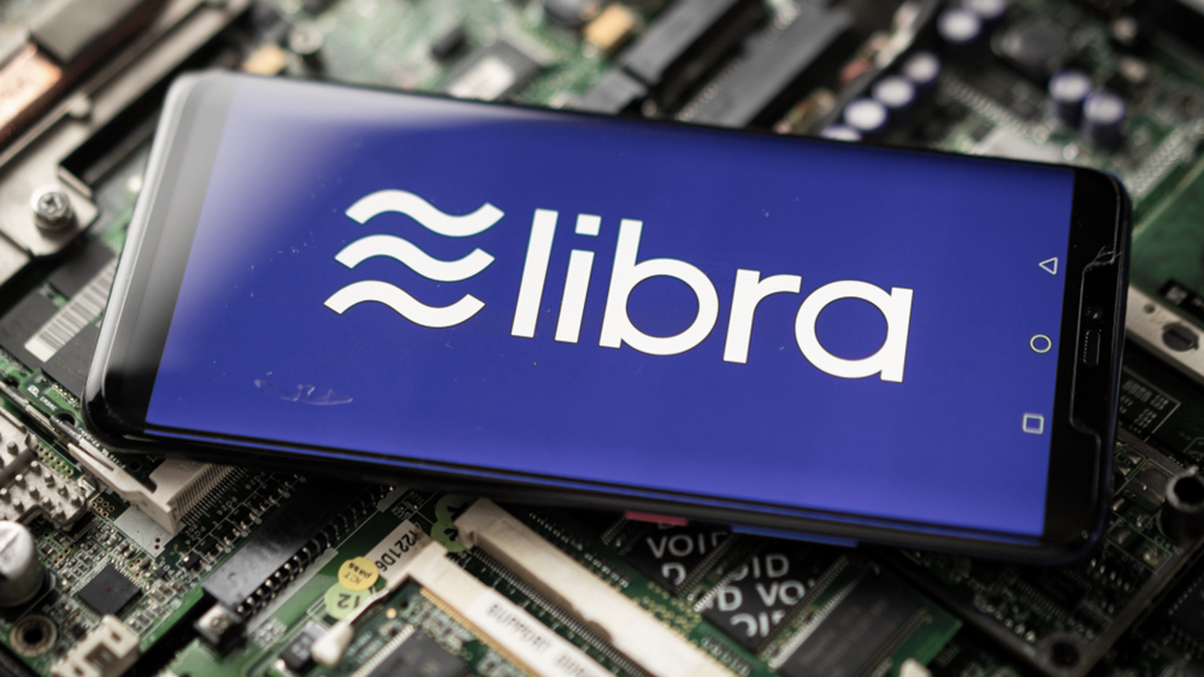In this article, David Quest QC and Marc Jones look at the recent decision in AA v Persons Unknown [2019] EWHC 3556. It is the latest case following Robertson v Person Unknown in which the English High Court has had to grapple with the complex issues thrown up by cryptoassets. Significantly it is the first decision in which reference has been made to the recent landmark UK Jurisdictional Taskforce Legal Statement on Cryptoassets and Smart Contracts (the “Legal Statement”). David is one of the co-authors of the Legal Statement and Marc acted for the successful claimant in Robertson.
The claimant was the English cybercrime insurer of a Canadian company, which had fallen victim to the BitPaymer ransomware virus. The virus encrypts user files and demands a US$950,000 ransom, payable in bitcoin, in order to decrypt them. The claimant paid the ransom for its insured by buying 109.25 bitcoins (then about US$950,000) and transferring them to a bitcoin address provided by the anonymous attackers (D1). Once the files had been recovered, the claimant sought to recover the ransom. Investigators were able to trace 96 bitcoin to an address (owned/controlled by D2) linked to the cryptocurrency exchange known as Bitfinex and operated by two BVI companies (D3 and D4).
Mr Justice Bryan granted an interim proprietary injunction over those bitcoin against the BVI companies and the attackers (the “persons unknown”). The claimant had also sought Norwich Pharmacal/Bankers Trust relief and a freezing injunction, but that was not pursued at the hearing in the light of doubts expressed by the judge about jurisdiction and risk of dissipation.
Are cryptoassets property?
In order to obtain a proprietary injunction, it was necessary for the judge to be satisfied that the bitcoin were property. In that context, having referred to the decisions in Robertson v Persons Unknown and Vorotyntseva v Money-4 Limited, he relied on the recent Legal Statement . The potential difficulty identified by the judge arose from the fact that bitcoin are neither things in possession (because they are intangible and cannot be possessed) nor things in action (because they do not embody any right capable of being enforced by action.
In Colonial Bank v Whinney [1885] 30 ChD 261, Lord Justice Fry said that all personal things were either in possession or action and that the law knows no third category between the two. However, the judge accepted the analysis in the Legal Statement that while a cryptoasset might not be a thing in action on a narrow definition of the term, that did not mean it could not be treated as property. He also held, in line with the Legal Statement, that a cryptoasset such as a bitcoin meets the four criteria in Lord Wilberforce’s classic definition of property in National Provincial Bank v Ainsworth [1965] AC 1175.
The Legal Statement has no formal status as a legal precedent, so it is significant and welcome that a court has accepted and adopted some of its reasoning and conclusions. It should be noted, however, that the decision was on an interim application without notice, so it was only necessary for the claimant to show that there was a serious issue to be tried.
The judge also considered what substantive remedies might be open to the claimant to justify the grant of the interim injunctive relief. He said if the claimant could trace the bitcoins it had purchased into the hands of Bitfinex, then they might be held on constructive trust or might be recoverable in restitution. Remedial issues were outside the scope of the Legal Statement, although it was suggested that any remedy would be in trust or restitution. Although conversion might be an option in a case where tangible property is unlawfully taken, it is not available in respect of intangible property.
Whether a remedy will be granted must depend on the facts. The precise circumstances in which Bitfinex received the bitcoins are not apparent from the judgment. If it gave value for them without notice of the wrongdoing or if it changed its position in good faith then there may well be a defence.
Jurisdiction and causes of action
Cases combining “persons unknown” and cryptocurrencies present novel legal problems for unwary claimants, and it’s clear that difficulties arose in AA v Persons Unknown. As the Bitfinex companies were based in the BVI, and the whereabouts of the “persons unknown” was not known, the claimant needed the court’s permission to serve out of the jurisdiction. It therefore needed to bring each of its claims within at least one of the jurisdictional gateways in Practice Direction 6B. Although the claimant insurer was based in England and was subrogated to the rights of the assured, the malware attack had been carried out against a Canadian company, and presumably the tortious acts and/or damage encompassed by the hack occurred in Canada, providing no basis for English jurisdiction.
So, what claims could the claimant pursue in England? Mr Justice Bryan explored in some depth the causes of action and jurisdictional gateways, and noted that “it was not as clear as it might have been precisely what causes of action were being claimed by the insurer”. He also said the claimant “recognised that it would be necessary to amend the claim form”.
Ultimately, the claimant narrowed its application to “the claims of the insurer in restitution and/or constructive trust against all four defendants”, seeking a proprietary injunction against all four defendants. Essentially the claim was that:
- the $950,000 used to purchase bitcoin was property of the claimant,
- the payment was wrongfully extorted by D1/D2 who have no right to the money, and
- the bitcoin represent the traceable proceeds of the claimant’s money against which it has a claim in unjust enrichment. (Hence the importance of the question whether bitcoin are legal property, considered above).
Mr Justice Bryan concluded that the claims for restitution and constructive trust fell within two gateways: (5) interim remedies under s.25.1 of the Civil Jurisdiction and Judgments Act 1982; and (9) claims in tort where loss is (likely to be) sustained within the jurisdiction or results from acts (likely to be) committed in the jurisdiction. Both are problematic.
First, the court’s jurisdiction to grant interim remedies under s.25 is limited to doing so in support of foreign proceedings. Here, no mention is made of any foreign proceedings in respect of which a s.25 order was sought.
Second, Mr Justice Bryan proceeded on the basis that because the claimant is based in England and had paid the $950,000 from an English bank account, it suffered loss in the money and damage was suffered in the jurisdiction. It’s not clear whether it is the location of the claimant or the bank account or both that mattered. In any event, this is not the full picture. As noted earlier in the judgment, the claimant paid the money to its agent, JJ, who then purchased the bitcoin which were then transferred to the “persons unknown”.
On that basis, the claimant didn’t suffer any loss until JJ transferred the bitcoin, in which case the location of the bank account should be irrelevant, and the focus should be on the bitcoin. But where was the bitcoin paid from? Arguably nowhere. As a bitcoin is simply a record on a distributed ledger that has no locus, it does not exist anywhere. On another view, it is wherever the payor is when the transfer is made. But, in this case, should that be the claimant’s location (England) or its agent’s (which may have been elsewhere? These are difficult questions with which the English courts are going to have to grapple.
The jurisdictional difficulties also caused the claimant to adjourn its application for Norwich Pharmacal/Bankers Trust orders during the hearing. Mr Justice Bryan considered both Mr Justice Teare’s decision in AB Bank Ltd v Abu Dhabi Commercial Bank PJSC and Mr Justice Waksman’s decision in CMOC v Person Unknown. He clearly favoured the former approach, namely:
- that Norwich Pharmacal/Bankers Trust relief is final relief, ie it is not a claim for an interim remedy under s.25(1) of the Civil Jurisdiction and Judgments Act 1982 (so not within of Practice Direction 6B para. 3.1.5); and
- that when directed at a foreign party, it is not an injunction ordering an act within the jurisdiction (so not within Practice Direction 6B para. 3.1(2)).
What have we learned so far?
It now looks increasingly clear that English law will treat bitcoin and similar cryptoassets as legal property. The first outing of the Legal Statement in court has been a positive one, its approach and conclusions endorsed. That must be for the good of all commercial parties involved in this area.
That positive news is tempered by the fact that AA highlights how many more legal conundrums lie in wait in this area which have yet to receive the detailed judicial consideration that will be needed in order to provide clarity.
Many of the difficulties faced by the claimant in AA did not arise in Robertston because the cryptoexchange involved in that case, Coinbase, was located in the English jurisdiction. It was, therefore, susceptible to a Bankers Trust order. Significantly, it provided a jurisdictional anchor defendant, critical when dealing with “persons unknown”, which it seems reasonable to assume will be the norm in crypto-fraud cases.
Mrs Justice Moulder, in Robertson, questioned why the exchange was joined as a defendant (given that, by analogy, banks are not normally made co-defendants in regular financial fraud claims). It was justified on the basis that proprietary relief was necessarily sought against the exchange just as much as the “persons unknown”, because in that case the exchange had the private key and so, ultimately, the claimant would need an order compelling the exchange to return his property. That ability to make an exchange party to the main proceedings, which only arises because a proprietary remedy can be sought, could be critical for many future claimants in grounding jurisdiction in England.
You can find further information regarding our expertise, experience and team on our Cybersecurity and Incident Response and Commercial Litigation pages.
If you require assistance from our team, please contact us or alternatively request a call back from one of our lawyers by submitting this form.
Subscribe – In order to receive our news straight to your inbox, subscribe here. Our newsletters are sent no more than once a month.






